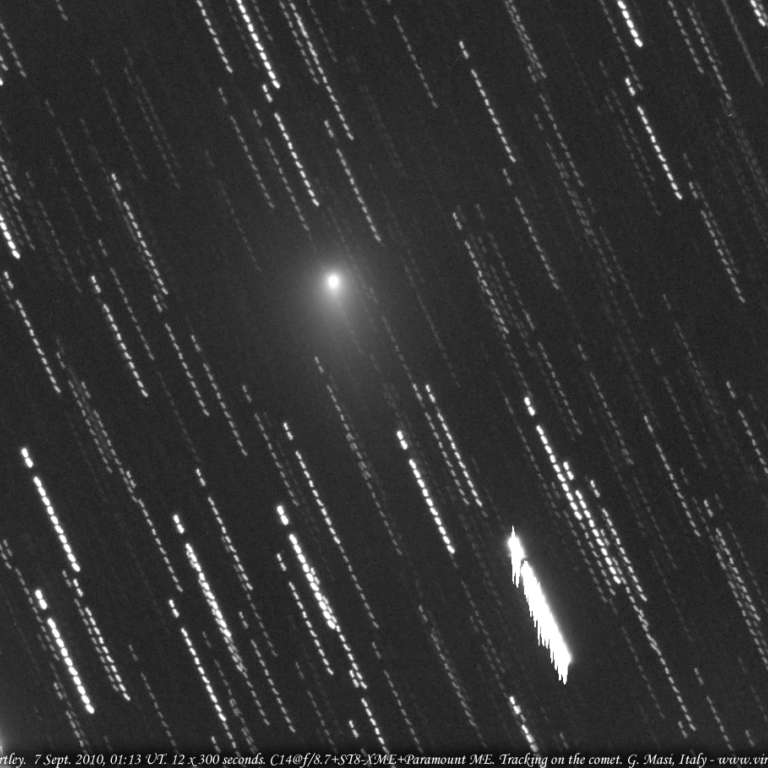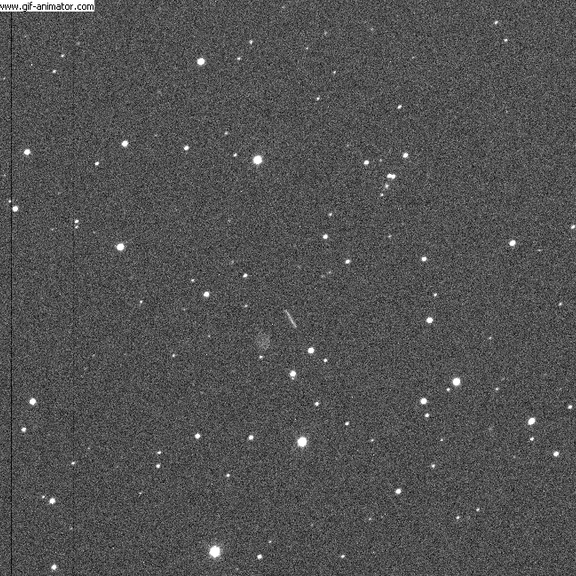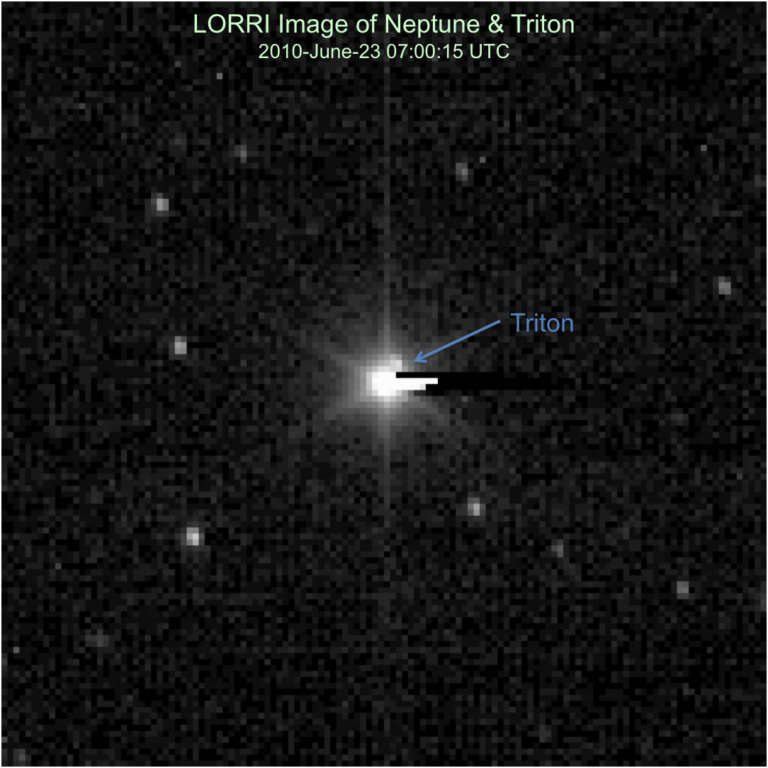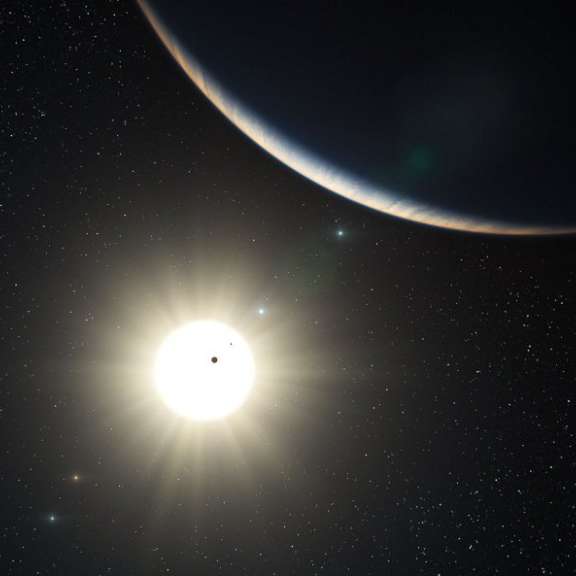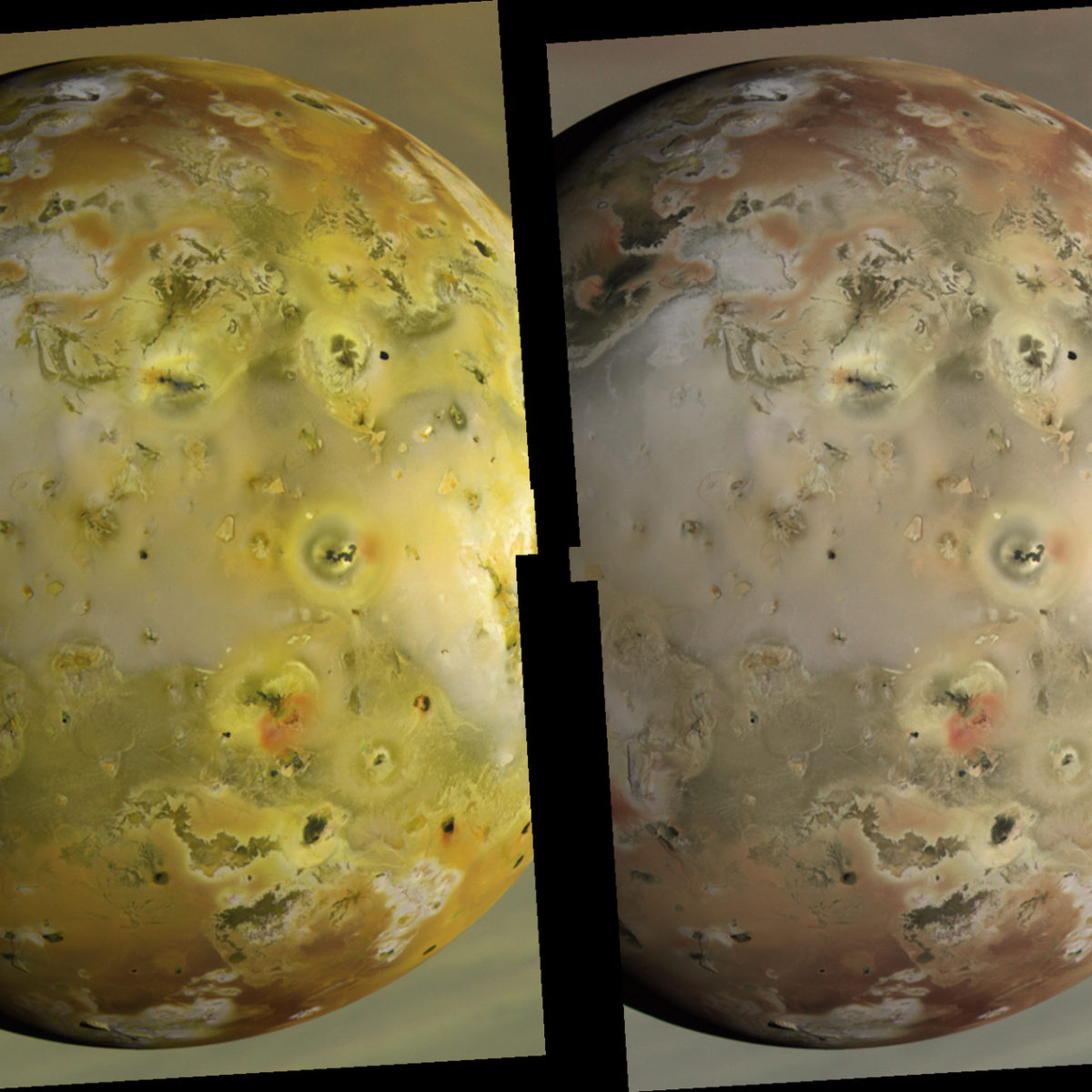All
All
Stories, updates, insights, and original analysis from The Planetary Society.
Deep Impact snaps first image of flyby target comet Hartley 2
Deep Impact is rapidly approaching its next -- and final -- target, comet Hartley 2, which it will fly by on November 4.
Early warning for close approaches of two house-sized asteroids
Most of you have probably heard by now of two small asteroids, both in the neighborhood of 10 meters in diameter, recently discovered on trajectories that pass unusually close to Earth.
Two natural bridges on the Moon (now with 3D!)
Imagine this landscape: you're walking across an unusually smooth lunar surface, an impact melt sheet on the floor of a relatively recently formed crater.
Neptune from two slightly different perspectives
Coincidentally, two new images of Neptune were posted today, from two very different sources.
Fly over Saturn's icy moons
A couple of weeks ago Paul Schenk posted a few really cool videos to his personal blog. Paul's subspecialty is the topography of icy moons, and he's been doing a lot of work on the moons of Saturn lately.
Dawn Journal: Getting Warmer, Farther from the Sun?
Dawn is now so far from the sun that even with its tremendous solar arrays, it does not receive enough sunlight to generate sufficient electrical power to operate all systems and still achieve maximum thrust.
Getting to the real science image data: It's not that hard!
If I have to, I will drag reluctant people one at a time to plunge into NASA's Planetary Data System.
Possibly the best view of the Great Red Spot ever
This is a new, big mosaic of Voyager 1 images, this time showing the Great Red Spot at high resolution.
Mars Exploration Rovers Update: Spirit Hibernates Still, Opportunity Pulls into Cambridge Bay
With the Sun beginning to warm the landscape in the southern hemisphere of the Red Planet and winds whipping up here and there forming dust devils that kick the powdery, rust-colored topsoil into the atmosphere, the Mars Exploration Rovers have been experiencing sure signs of a Martian spring this month.
New Flickr collection of historical NASA photos
NASA announced today that they had placed several new sets of historical photos on their
Successor to Mars Climate Orbiter will fly aboard ExoMars
Congratulations to the Mars Climate Sounder team on winning a spot for a successor instrument aboard the next Mars orbiter, the joint NASA-ESA ExoMars, set to launch in 2016.
Bringing MOLA altimetry tracks into Google Mars
I've had a fun morning of noodling around learning how to write KML files, and have produced one for Google Mars that shows you all of the Mars Orbiter Laser Altimeter tracks that cross the area Opportunity has driven through already, as well as the area of Endeavour crater.
From the Ground and from Space, New Planetary Systems Unveiled
Two nearly simultaneous announcements by scientists that they have detected entire planetary system deep in space have set the astronomical community abuzz.
Tracing the Big Picture of Mars' Atmosphere
One of the instruments on a 2016 mission to orbit Mars will provide daily maps of global, pole-to-pole, vertical distributions of the temperature, dust, water vapor and ice clouds in the Martian atmosphere.
Jupiter's swirling storms from Voyager 1
Amateur image mage Björn Jónsson has recently turned his attention back to Voyager 1's close-up images of Jupiter.
A first look at distant hills
Rover fans have been excitedly watching the hills on Opportunity's horizon grow taller and taller as Opportunity rolls toward its destination, Endeavour crater.
The August 20, 2010 Jupiter fireball -- and the March 5, 1979 one
Following up on the story I first posted on August 22, the Jupiter impact fireball first noticed by Japanese amateur astronomer Masayuki Tachikawa has been independently confirmed by two other Japanese astronomers.
Yet another Jupiter impact!? August 20, seen from Japan
This may be a very common event after all: another optical flash has been observed on Jupiter, again from an observer far east of the Greenwich meridian, though it was not Anthony Wesley (for once).
Exposing Io's true colors
Thanks to its active volcanic activity and sulfur-rich surface, Io is one of the most colorful worlds yet seen in the Solar System, save the Earth of course
MESSENGER: A snapshot of home
MESSENGER is in a unique position in the solar system, orbiting the Sun well within the orbit of Venus. From there, it can gaze outward from the Sun to search for tiny objects that may possibly be traveling in the same region, called vulcanoids.


 Explore Worlds
Explore Worlds Find Life
Find Life Defend Earth
Defend Earth


 Sun
Sun Mercury
Mercury Venus
Venus Earth
Earth Mars
Mars Jupiter
Jupiter Saturn
Saturn Uranus
Uranus Neptune
Neptune Small Bodies
Small Bodies